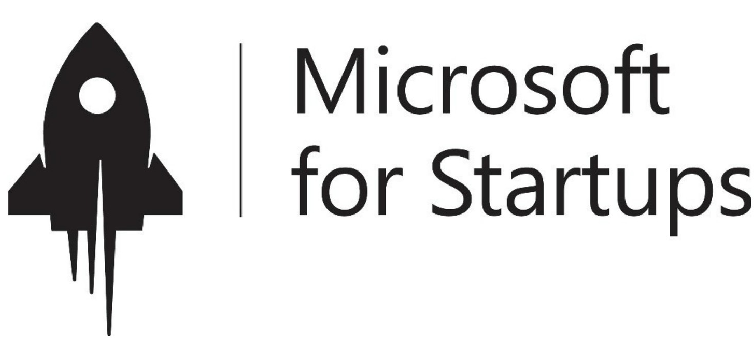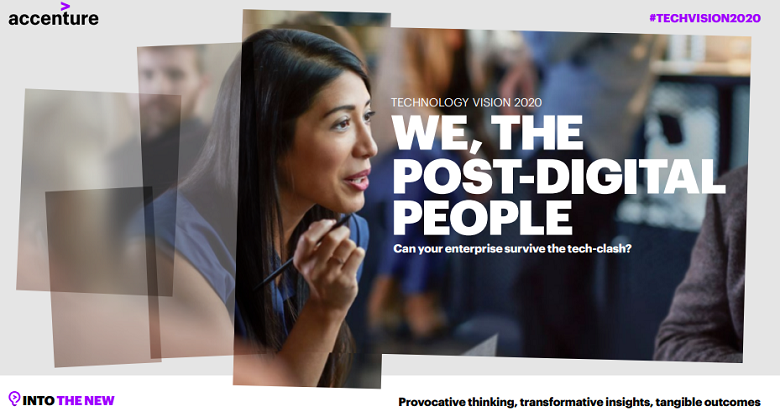Reinforcing its commitment to accelerate the startup ecosystem in India, Microsoft launched the 100X100X100 program for B2B SaaS startups in India. A first of its kind program in India, this initiative will bring together 100 committed companies and 100 early and growth startups that have enterprise-ready solutions to offer. Each participating company will commit to spend $100K over a course of 18 months on solutions provided by the SaaS startups. More than 50 startups are part of the program at launch.

Anant Maheshwari, President, Microsoft India, said
India has one of the largest B2B SaaS startup ecosystems in the world, and it’s growing exponentially. This initiative will help build scale and create amazing opportunities for startups. Businesses can now fast-track their digital journeys through easy adoption of enterprise-grade solutions. We’re excited to see the outcomes of these partnerships.
The initiative is open to Microsoft co-sell enabled startups associated with Microsoft India with Startups. As part of the program, these startups will also have access to regular speed-contracting sessions with prospective customers at Microsoft industry and customer events. The program will be conducted with the support of ecosystem partners and industry associations including the Delhi and Mumbai Chapters of The Indus Entrepreneurs [TiE].
Microsoft is committed to helping entrepreneurs build and scale their companies, by leveraging the cloud platform, enterprise sales team and partner ecosystem. Microsoft India with Startups opens doors for startups from the country by helping make them enterprise ready. Microsoft has evolved its approach from ‘partnering to partnership’, both technical and commercial, guiding startups through every stage of growth. This includes providing them
- The power of Microsoft’s technology platform, allowing them to innovate and build on their own terms. Azure credits, comprehensive training programs and technical support aim to ensure competitiveness.
- Mentorship, deep technical expertise and immersive industry experiences focused on business outcomes, delivered at Microsoft and industry startup events.
- Access to partners. Working with the entire ecosystem (startups, Venture Capitals, accelerators, incubators) helps startups in connecting with the right players who can accelerate their development
- Support for streamlined go-to-market [GTM] activities across the globe.
Microsoft for Startups allows early stage B2B startups to leverage Microsoft’s Azure marketplace, enterprise sales team, and rapidly growing partner ecosystem. Under this initiative, the Microsoft ScaleUp program is designed for Series A-C startups. Through its cutting edge technology expertise, strong focus on Microsoft for Startups, a growing partner ecosystem, and the venture fund M12, Microsoft is uniquely positioned to help startups evolve from being market ready to enterprise ready.
Launched under the aegis of Microsoft for Startups, the 100X100X100 program will help enterprises fast track their digital transformation through faster adoption of SaaS solutions. It will make available a variety of curated, ready to launch, enterprise grade solutions from startups with a proven track record. At the same time, it will aim to create a profitable domestic market for the fast growing Indian B2B SaaS startup segment by increasing their revenue and customer base.









